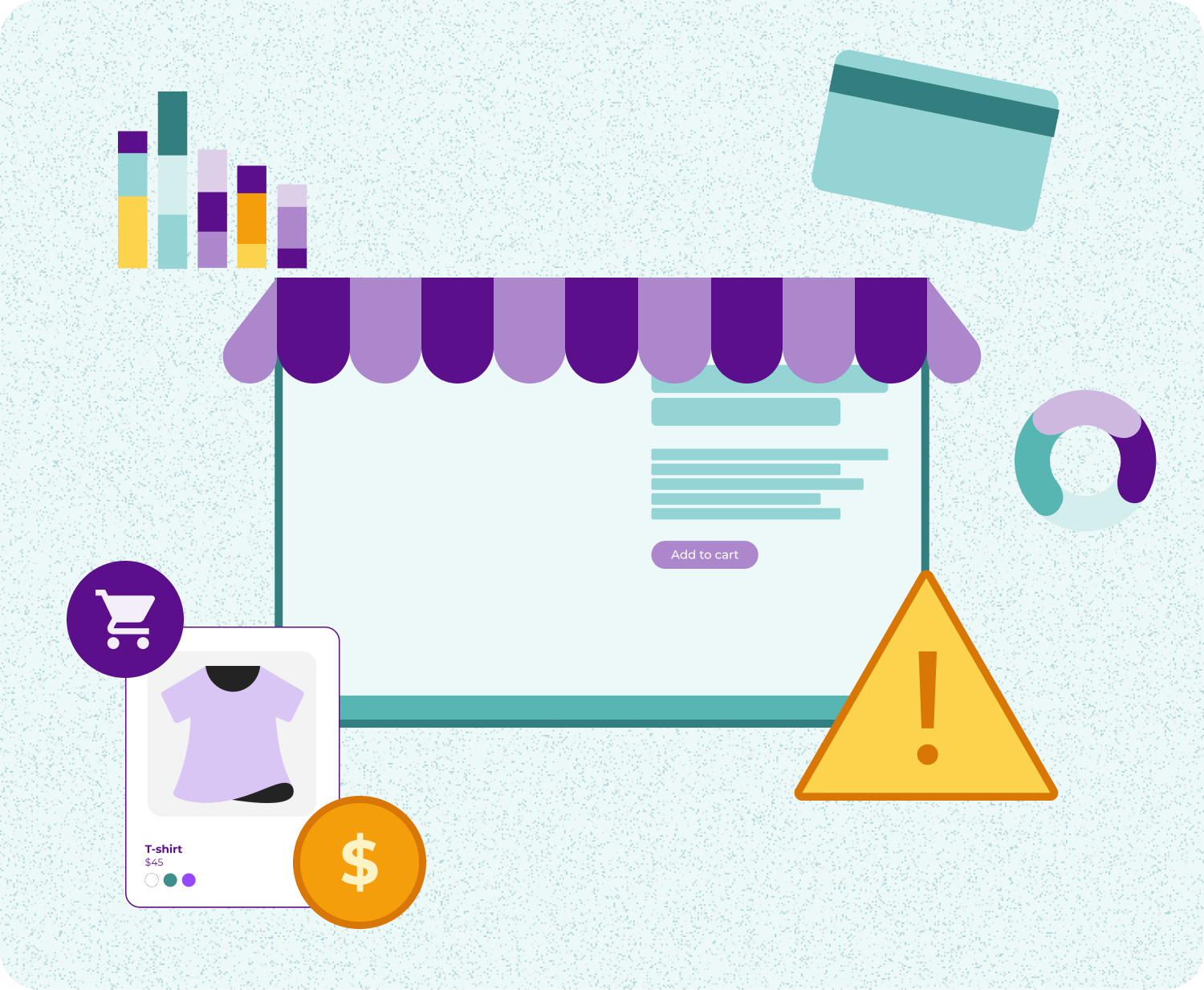How Growth Capital drives the growth of online sellers
In recent years, e-commerce has experienced a growth boom largely triggered by the health restrictions endured during the pandemic. Currently there are already more than 500M users who use e-commerce throughout Europe according to the latest Statista update.

All data indicates that online commerce will continue to grow , although in a more moderate way in the coming years.
Without a doubt, this surge in e-commerce represents a great opportunity so that entrepreneurs from all over the world can launch a business with hardly any resources. It also represents a great moment for the digitization of businesses that until now had been offline.
Although starting to sell online can be as simple as finding the right supplier and opening an account on a platform like Amazon, eBay, or even launching your own store with Shopify with minimal resources, scaling your e-commerce business won’t be an easy task.
Main challenges to scale an e-commerce
Logistic crisis
The drastic recovery in consumption has reactivated the global supply chain , which in turn has been overwhelmed and affected by health protocols. This has resulted in an increase in the price of maritime containers, reaching historic prices in recent months and incalculable delays in delivery.
To all this, we must add the shortage of raw materials that have also delayed the production of millions of items. The logistics crisis has caused a scenario of shortages and delays for many vendors.
A solution to avoid stockouts is for sellers to plan wider procurement cycles. It’s about placing larger orders in advance, taking into account the time it may take for them to arrive. Thus, they will be ready for demand spikes such as during the holiday season.
However, this strategy involves making a significant upfront investment, which could jeopardize the company’s cash flow or be unfeasible for some sellers.
In order to purchase inventory, sellers must typically pay suppliers upfront or within very limited timeframes. These timelines do not align with the period in which they start selling that merchandise and recover the money. That period of time from when they make the purchase until they manage to sell the products can cause the business to go bankrupt.
Competition
As we have mentioned before, starting to sell online involves a much smaller investment than for an offline seller and allows you to internationalize faster. Now, this also makes the competition is much greater since you must compete with sellers from all over the world.
To achieve a good positioning in search engines, whether for your own e-commerce website or within marketplaces, you’ll need to work on two fundamental strategies: pricing strategy and online marketing strategy.
Pricing strategy
To develop a pricing strategy that allows you to be up to date with the latest fluctuations in the market and the prices of the competition, we recommend that you work with a technological partner that can help you manage it, such as Flipflow.
Increased advertising costs
The entry of new players into the e-commerce sector has also caused an increase in advertising costs. The more companies are bidding for the same word, the higher the cost to win the auction.
However, there is no doubt that investing in online advertising remains one of the most profitable growth strategies for online businesses. Therefore, sellers must allocate a large part of their capital in investment for online marketing campaigns, now being more expensive than ever.
This means that sellers must make a significant investment again to promote their products, but the return on investment may take days, weeks, or even months, causing internal cash flow tensions.
Solutions: Growth Capital
What is Growth Capital?
Growth Capital or growth funding is a type of financing aimed at helping companies achieve their growth objectives.
The growth strategy involves actions such as increased spending on digital marketing, expanding product catalog, inventory acquisition, opening up new markets… In short, a series of strategies that require significant upfront investment. and that will be recovered with the company’s sales. However, not all companies have enough cash flow to invest in growth despite having positive results every month.
For this purpose, companies specializing in e-commerce financing have developed a revenue-based financing model that allows for the growth of these companies.
What is the Revenue Based Finance model?
The RBF model is a flexible and non-dilutive financing option. In this model, the online seller receives money upfront to invest in growth. The money is repaid in full through a small percentage of their future sales and a fixed commission determined at the start of the contract. In this way, sellers can increase their inventory cycles and scale their marketing investment. without putting the company’s treasury at risk or having to give up a percentage of equity to obtain the funds through private capital.
Alternatives to Revenue Based Finance
Although revenue-based financing or RBF is a very interesting option for online sellers, it is not the only option available to them. However, for financing certain recurring costs like investment in marketing and inventory is indeed the most appropriate and effective approach.
Below we present other financing options that may be interesting for e-commerce sellers. It must be taken into account that the different sources of financing they are not mutually exclusive , and each one can be more or less interesting according to the stage of growth in which the company is and its needs.
Venture Capital or Private Capital
It’s a strategic financing option, especially in the early stages of a business, where access to other sources of funding is very difficult due to the operational risk involved. The capital is typically used to grow the team, invest in infrastructure, develop products, etc.
The capital is obtained in exchange for a percentage of the company’s equity. This source of financing is very expensive (especially if it goes well for you) and it is not efficient to finance recurring expenses.
Bank Financing
We would be talking about accessing a loan in traditional banking. Probably its biggest advantage is that it is cheap, however you can find hidden costs, compound interest rates and a process that can take a long time. In addition, you will have to provide personal guarantees and collateral to access this type of financing.
It is important to note that loans are not usually granted to companies that are just starting out or do not have a solid income since the investment risk is very high.
Although the Revenue Based Finance model is far from perfect, it is one of the best financial alternatives if you want to carry out a growth strategy. Growth Capital allows online sellers to accelerate their growth efficiently and without risking their internal cash flow.



